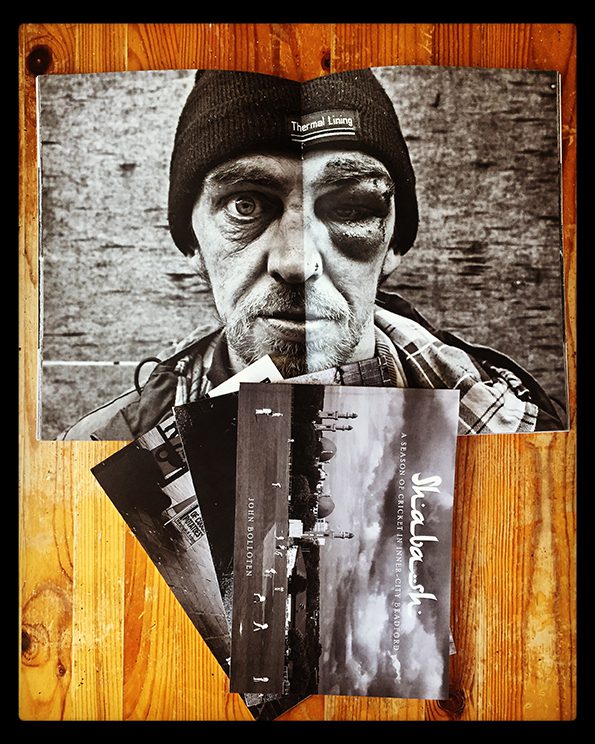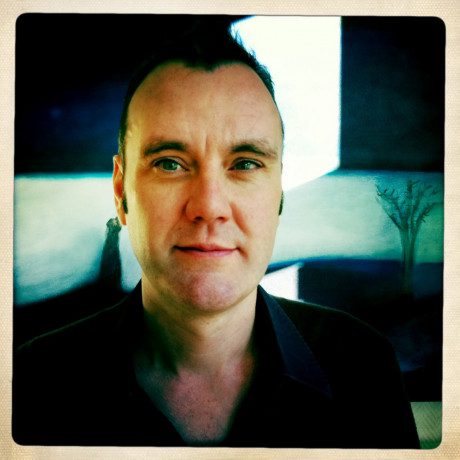Nothing To See Here: John Bolloten
When I graduated from university in 1995 with a degree in Photographic Studies, it was generally understood, if you didn’t make it as a photographer, you had failed. If you ‘hung on’ in the industry working as a technician or gallery assistant, you had failed.
Now the smart thing to do is excel in a profession that may not be related to photography at all, IT perhaps, and apply yourself to photography in your spare time without the pressure of having to earn a living. And shoot local. I had drinks recently with the commissioning editor of a national newspaper supplement. He asked me if I knew any skilled photographers in Newcastle, Norwich or the Bradford area. I said I could travel on assignment to Newcastle, Norwich or the Bradford area. He said a local photographer would keep the budget to a minimum. I said, “Oh”. Then I recommended photographers in Newcastle, Norwich and the Bradford area.
Editorial budgets are now rarely available to send a photographer across the globe. I no longer expect to be flown to Los Angeles to document a dwarf convention, or to Illinois to snap a town celebrating the superhero Superman. Shooting local makes sense. For today’s commissioning editors, a local photographer is crucial; they have the knowledge, contacts and confidence. They can execute a commission more effectively, quicker and more cheaply.
A combined archive of documentary photography shot by photographers resident in an area can arguably deliver a more effective and accurate portrait of a nation. Here, I’m thinking of Jim Mortram’s reportage, Small Town Inertia, which comprises intimate, compelling and often challenging portraits of people living on the margins in East Anglia and Tom ‘Photie Man’ Wood’s images of strangers, neighbours and friends living in and around Mersyeside. And there’s Document Scotland, a collective of five Scottish documentary photographers brought together by a common vision to witness and photograph the important and diverse stories within their nation and the collective, A Fine Beginning, offers a platform to discover and showcase photography being made in and about Wales.

When not at his job working in public health, Bradford-based photographer John Bolloten shoots local. I don’t recall how I came into contact with Bolloten, but I’m glad I did. I’m not sure how four of his publications are on my bookshelf, but I’m glad they are.
Nothing to see here, was the latest to arrive: an exploration into homelessness, destitution and drug and alcohol misuse in Bradford. I’m usually uncomfortable with photographers who photograph the homeless. They don’t usually ask, applying the brasher, smash and grab approach popular with some modern street photographers.
I usually advise aspiring photographers not to photograph the homeless. But why should the homeless be ignored? Bolloten hasn’t ignored them. He asked them to collaborate. You can tell he asked because they stare unflinchingly into the camera. They show Bolloten their drugs in pin sharp detail; they show him injecting their drugs; they show him their tattoos, their bruises, and some women, show him their breasts. It’s Britain photographed at it’s most brutal and bleak; it’s Bradford and uniquely Bolloten.
Nothing To See Here is an A4 size, professionally printed softback edition of 150 with 81 black and white photographs over 128 pages and available from www.johnbolloten.co.uk



